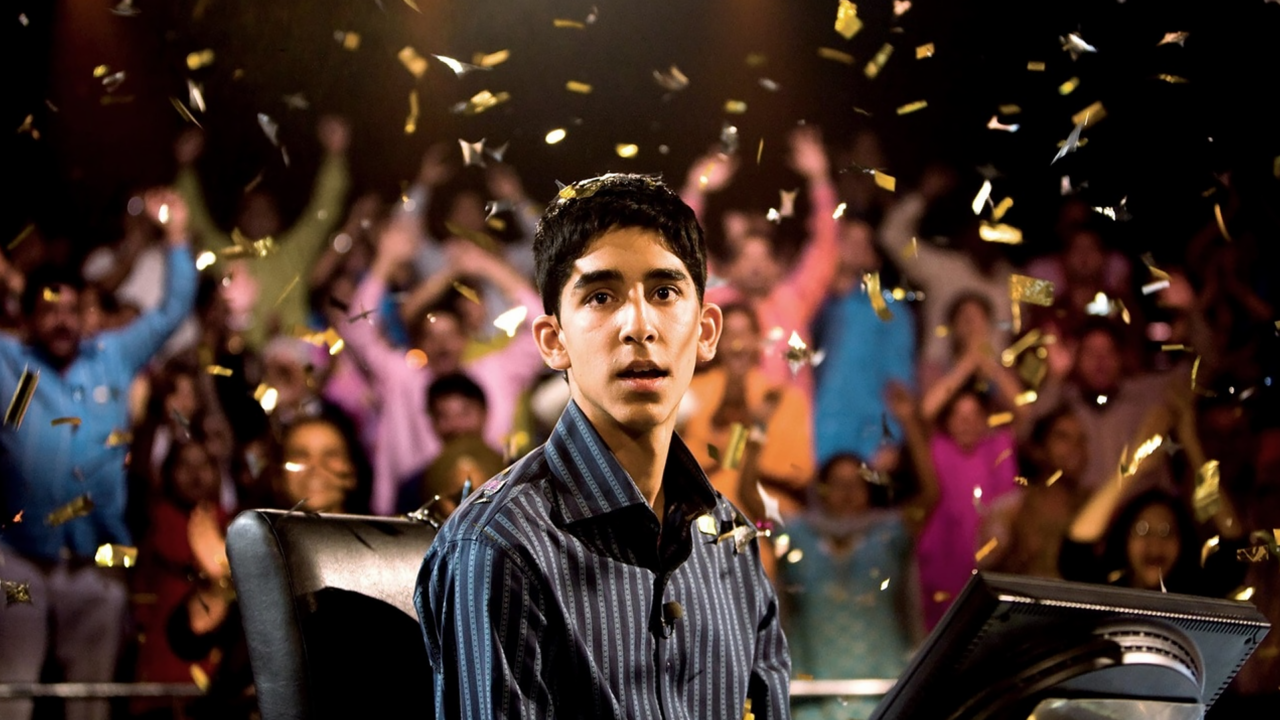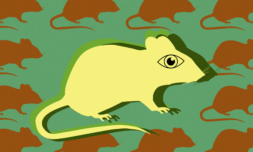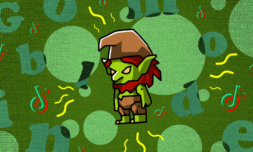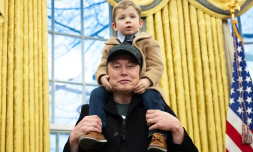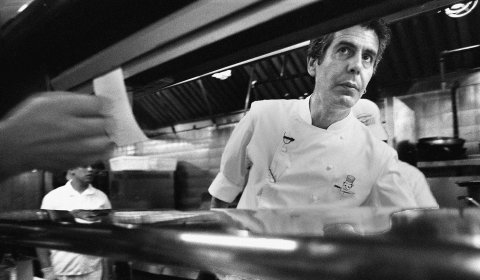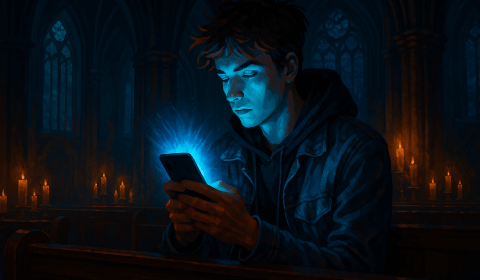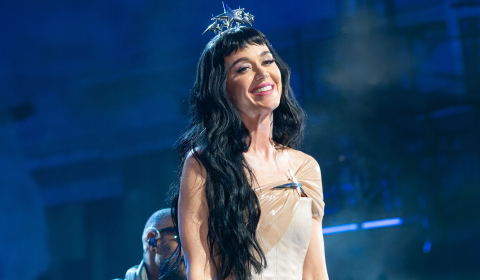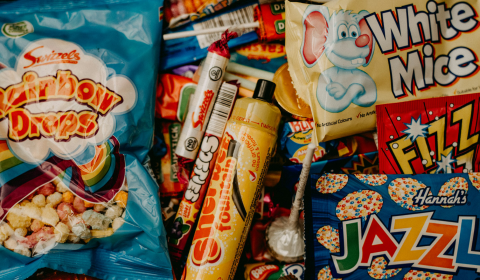The latest Gen-Z internet trend is all about celebrating South Asian culture, without South Asians.
You’d be forgiven for thinking 2024 was the summer of all this Brat. But the internet’s latest obsession isn’t just about wearing lurid green and smoking a packet of Marlboro Reds.
This year, a new vibe has taken hold of the Gen-Z zeitgeist: Jai Ho Summer. And yes, that does refer to the 2008 Pussycat Dolls hit.
A colourful montage of travel snapshots and mood boards, #JaiHoSummer has infiltrated Instagram feeds with images and clips of people – to put it simply – having a fabulous time. But the meaning of the trend hasn’t been so forthcoming.
According to social media, it’s all about embodying and manifesting the joyful spirit of the song. The exuberant anthem is of course from Slumdog Millionaire, a 2008 film that, for better or worse, has become a pop culture touchstone for South Asian imagery in the West.
Despite being a relatively new addition to the zeitgeist, many have been quick to point out that there’s something disquieting about the way Jai Ho Summer glorifies South Asian culture without much, if any, involvement from South Asians themselves.
And as far-right violence and racism spreads across the UK, against the backdrop of a US Presidential race plagued by similar issues, the dissonance of celebrating chosen elements of South Asian culture feels particularly uncomfortable.
For many South Asians, these are not just statistics or headlines; they’re lived realities. Yet, while some influencers are busy painting a rosy, Instagram-friendly picture of South Asian culture, the actual people who live and breathe that culture are confronting real and dangerous challenges. The disconnect is glaring.
The rise of Jai Ho Summer comes at a time when South Asian communities are navigating increasingly hostile environments in the West. In the UK, far-right extremism has surged, with anti-immigrant sentiment taking on an aggressive tone that has made South Asian immigrants and their descendants feel unsafe in their own neighbourhoods.
“Jai Ho summer” for the white people while the actual desis are stuck inside fearing our lives because of what the EDL will do to us
if u want us out the country… I’m taking Jai Ho w me pic.twitter.com/fjQnpX9AFv
— hilz (@sznjaku) August 7, 2024
Across the pond in the United States, the 2024 presidential campaign is being fuelled by xenophobic rhetoric, with candidates on the far-right platforming racist ideologies that target immigrant communities, including South Asians.
Social media users have been poking fun at the trend in their own ways, reclaiming the term and using it to highlight its irony.
‘If u want brown people to go back to their own country I’m taking Jai Ho with me [sic]’ said one TikTok user.
Others have used the song to highlight the lack of diversity that still makes taking part in popular socio-cultural trends difficult. One user shared a video of herself partying on holiday, with the caption ‘Jai Ho summer (I’m the only brown person in the Hamptons)’.









